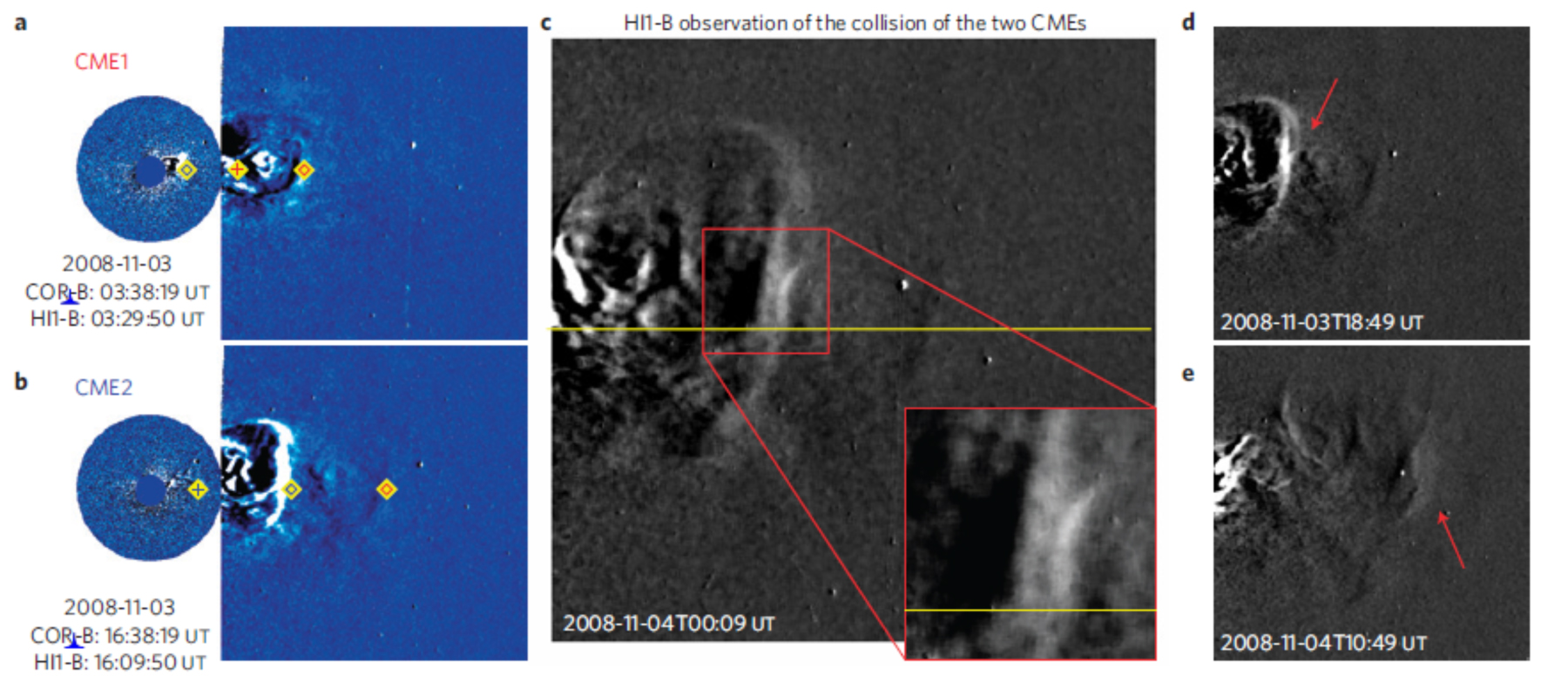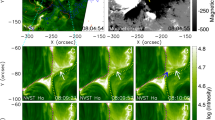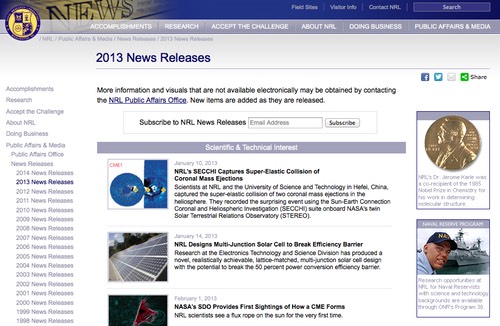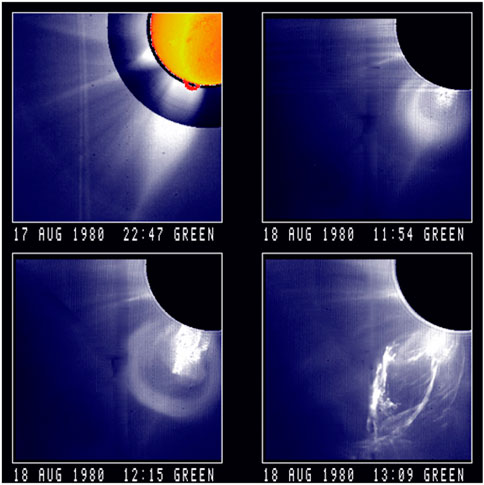NRL's SECCHI captures super-elastic collision of coronal mass ejections
$ 18.00 · 4.8 (724) · In stock

()—Scientists at the Naval Research Laboratory and the University of Science and Technology in Hefei, China have captured the super-elastic collision of two coronal mass ejections in the heliosphere. They recorded the surprising event, which occurred in November 2008, using the Space Science Division (SSD)-led Sun-Earth Connection Coronal and Heliospheric Investigation (SECCHI) suite onboard NASA
()—Scientists at the Naval Research Laboratory and the University of Science and Technology in Hefei, China have captured the super-elastic collision of two coronal mass ejections in the heliosphere. They recorded the surprising event, which occurred in November 2008, using the Space Science Division (SSD)-led Sun-Earth Connection Coronal and Heliospheric Investigation (SECCHI) suite onboard NASA's twin Solar Terrestrial Relations Observatory (STEREO). NRL Space Science Division's Dr. Angelos Vourlidas, the SECCHI project scientist and co-author of this study, reported this research in the journal Nature Physics on October 7, 2012. The research contributes to improving scientists' ability to understand and forecast Sun-Earth System space weather that can affect military and civilian space and communication systems.

PSP/IS⊙IS Observation of a Solar Energetic Particle Event

Multi-Spacecraft Observations of an Interplanetary Coronal Mass

Super-elastic collision of large-scale magnetized plasmoids in the

Observations of an extreme storm in interplanetary space caused by

Welcome to Space Physics Division of USTC

SUPER ELASTIC COLLISION

Current Status of MHD Simulations for Space Weather

Difference of source regions between fast and slow coronal mass

🌺 Lifestyle 🌺 ⚛ ⚛ ⚛ Leuren Moret: Global Nuclear Coverup

Frontiers The evolution of our understanding of coronal mass